 This Friday Prof. Edwin van Teijlingen has been invited to present at this week’s ‘Behind The Trauma’ Conference in Merley House, Dorset . This practitioners’ conference is organised by the Royal College of Midwives (RCM) and tickets are available here! Edwin will be offering a sociological perspective on trauma. His presentation links research conducted on the social/medical model of pregnancy and childbirth [1-6] as well as research on the portrayal of childbirth in the media [7-13]. Bournemouth University’s interdisciplinary research into media and childbirth is conducted jointly with Prof. Vanora Hundley and Dr. Catherine Angell, both in the Centre for Midwifery, Maternal and Perinatal Health (CMMPH), and Dr. Ann Luce in the Faculty of Media & Communication.
This Friday Prof. Edwin van Teijlingen has been invited to present at this week’s ‘Behind The Trauma’ Conference in Merley House, Dorset . This practitioners’ conference is organised by the Royal College of Midwives (RCM) and tickets are available here! Edwin will be offering a sociological perspective on trauma. His presentation links research conducted on the social/medical model of pregnancy and childbirth [1-6] as well as research on the portrayal of childbirth in the media [7-13]. Bournemouth University’s interdisciplinary research into media and childbirth is conducted jointly with Prof. Vanora Hundley and Dr. Catherine Angell, both in the Centre for Midwifery, Maternal and Perinatal Health (CMMPH), and Dr. Ann Luce in the Faculty of Media & Communication.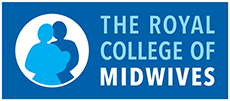
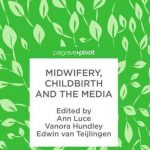 Edwin will be sharing a platform with two Bournemouth University Visiting Faculty, both based at Poole Hospital NHS Foundation Trust: Prof. Minesh Khashu, Consultant Neonatologist and Clinical Director Wessex Maternity Children and Young People Clinical Network and Ms. Jillian Ireland, Professional Midwifery Advocate.
Edwin will be sharing a platform with two Bournemouth University Visiting Faculty, both based at Poole Hospital NHS Foundation Trust: Prof. Minesh Khashu, Consultant Neonatologist and Clinical Director Wessex Maternity Children and Young People Clinical Network and Ms. Jillian Ireland, Professional Midwifery Advocate.
References:
- Brailey, S., Luyben, A., Firth, L., van Teijlingen, E. (2017) Women, midwives and a medical model of maternity care in Switzerland, Int J Childbirth 7(3): 117-125.
- van Teijlingen, E. (2017) The medical and social model of childbirth, Kontakt 19 (2): e73-e74
- MacKenzie Bryers H., van Teijlingen, E. (2010) Risk, Theory, Social & Medical Models: critical analysis of the concept of risk in maternity care, Midwifery 26(5): 488-496.
- Ireland, J., van Teijlingen, E. (2013) Normal birth: social-medical model, Practising Midwife 16 (11): 17-20.
- van Teijlingen E. (2005) A critical analysis of the medical model as used in the study of pregnancy and childbirth, Sociol Res Online, 10 (2) Web address: http://www.socresonline.org.uk/10/2/teijlingen.html
- Nieuwenhuijze, M., van Teijlingen, E., MacKenzie Bryers, H. (2019) Denken in risico’s: niet zonder risico?! (in Dutch: Thinking in terms of risk is not without its risks), Nederlands Tijdschrift voor Verloskundigen (in Dutch: Journal for Midwives), (forthcoming).
- Luce, A., Cash, M., Hundley, V., Cheyne, H., van Teijlingen, E., Angell, C. (2016) “Is it realistic?” the portrayal of pregnancy and childbirth in the media BMC Pregnancy & Childbirth 16: 40 http://bmcpregnancychildbirth.biomedcentral.com/articles/10.1186/s12884-016-0827-x
- van Teijlingen, E., Simkhada, P., Luce, A., Hundley, V. (2016) Media, Health & Health Promotion in Nepal, Journal of Manmohan Memorial Institute of Health Sciences 2(1): 70-75. http://www.nepjol.info/index.php/JMMIHS/article/view/15799/12744
- Luce, A., Hundley, V., van Teijlingen, E. (Eds.) (2017) Midwifery, Childbirth and the Media, London: Palgrave Macmillan.
- Hundley, V., Luce, A., van Teijlingen, E., Edlund, S. (2019) Changing the narrative around childbirth: whose responsibility is it? Evidence-based Midwifery (forthcoming).
- Hundley, V., Duff, E., Dewberry, J., Luce, A., van Teijlingen, E. (2014) Fear in childbirth: are the media responsible? MIDIRS Midwifery Digest 24(4): 444-447.
- Hundley, V., Luce, A., van Teijlingen, E. (2015) Do midwives need to be more media savvy? MIDIRS Midwifery Digest 25(1):5-10.
- van Teijlingen, E., De Vries, R., Luce, A., Hundley, V. (2017) Meer bemoeien met media (In Dutch: more engagement with media). Tijdschrift voor Verloskundigen (in Dutch: Journal for Midwives), 41 (6):28-29.
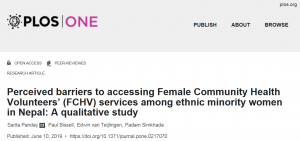


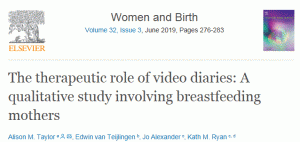

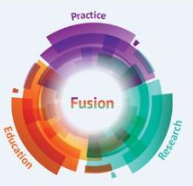


 Exciting news from the Ageing and Dementia Research Centre.
Exciting news from the Ageing and Dementia Research Centre.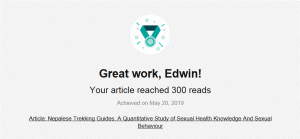

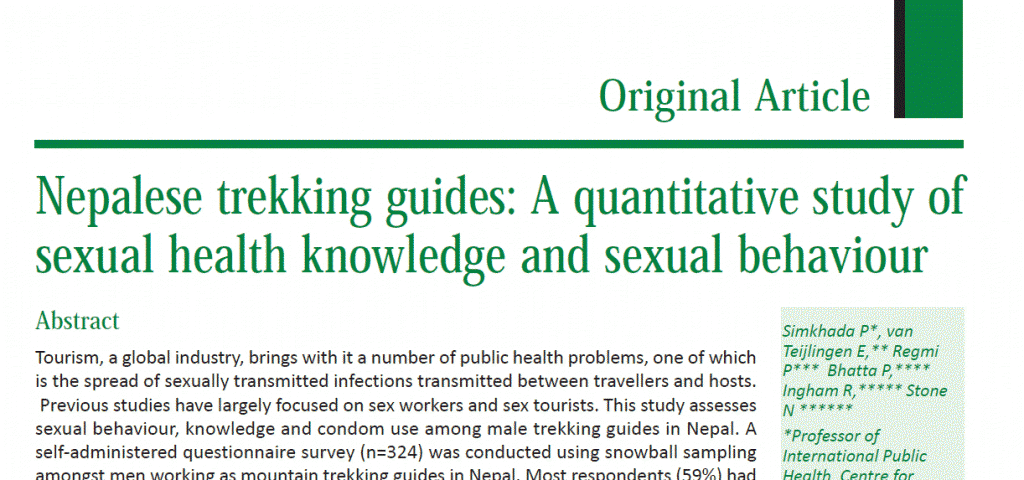
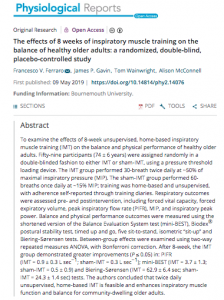 The article titled “The effects of 8 weeks of inspiratory muscle training on the balance of healthy older adults: a randomized, double-blind, placebo-controlled study” has been published by Physiological Reports.
The article titled “The effects of 8 weeks of inspiratory muscle training on the balance of healthy older adults: a randomized, double-blind, placebo-controlled study” has been published by Physiological Reports. Yesterday the Nepal Journal of Epidemiology published its latest issue which included the paper on ‘Post-Traumatic Stress Disorder among the Flood Affected Population in Indian Subcontinent’ [1]. This Short Communication is co-authored by Prof. Edwin van Teijlingen and two members of the Visiting Faculty in our Faculty of Health & Social Sciences, namely: Prof. Padam Simkhada and Dr. Brijesh Sathian. The Nepal Journal of Epidemiology is an Open Access journal hence this paper is freely available for anybody with internet access to read.
Yesterday the Nepal Journal of Epidemiology published its latest issue which included the paper on ‘Post-Traumatic Stress Disorder among the Flood Affected Population in Indian Subcontinent’ [1]. This Short Communication is co-authored by Prof. Edwin van Teijlingen and two members of the Visiting Faculty in our Faculty of Health & Social Sciences, namely: Prof. Padam Simkhada and Dr. Brijesh Sathian. The Nepal Journal of Epidemiology is an Open Access journal hence this paper is freely available for anybody with internet access to read.



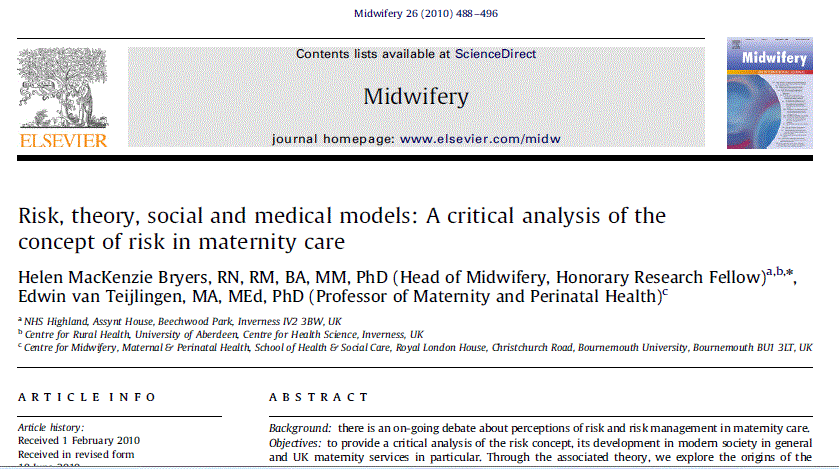
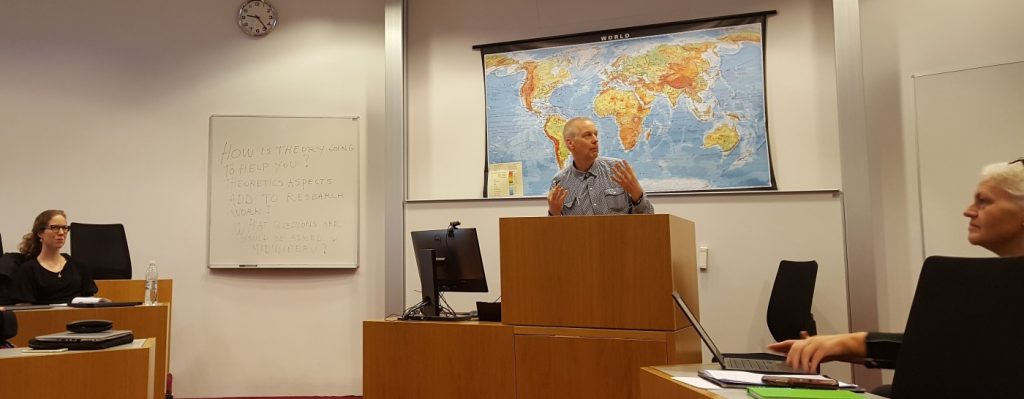
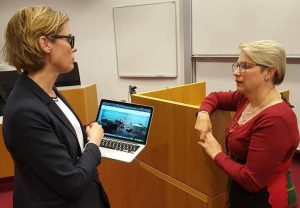













 April’s Café Scientifique – Should we help machines understand and respond to our emotions?
April’s Café Scientifique – Should we help machines understand and respond to our emotions? Postgraduate Research Experience Survey (PRES) 2024 – 2 WEEKS LEFT
Postgraduate Research Experience Survey (PRES) 2024 – 2 WEEKS LEFT Working with The Conversation: online training session – Wednesday 8th May
Working with The Conversation: online training session – Wednesday 8th May Apply for up to £1,000 to deliver an event and take part in a national festival of public engagement with research
Apply for up to £1,000 to deliver an event and take part in a national festival of public engagement with research MSCA Postdoctoral Fellowships 2024
MSCA Postdoctoral Fellowships 2024 Horizon Europe News – December 2023
Horizon Europe News – December 2023